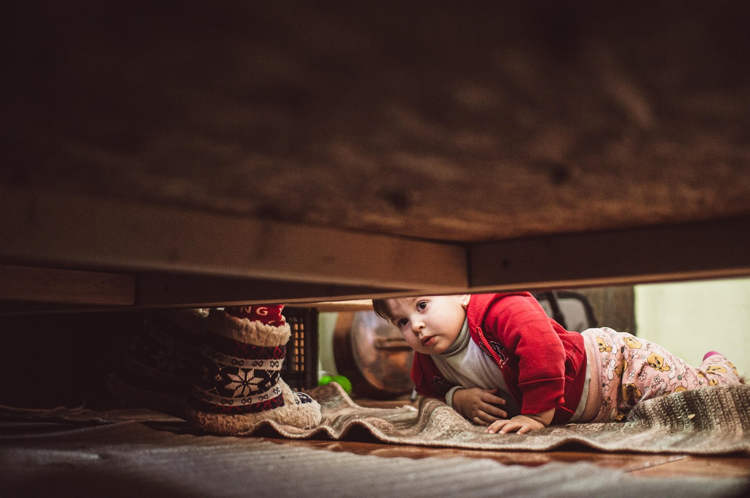We’ve seen a lot of bizarre traditions, but this is Greek custom involving two churches firing thousands of rockets at each other is pretty special. Every year on Easter Sunday, a fireworks war breaks out between two rival parishes on the small Greek island of Chios. Gangs belonging to two orthodox churches (Saint Mark and Panagia Erithiani) in the town of Vrodandos fire rockets with a single objective – to hit the other church’s bell. Of course, not all the rockets hit the target and locals can be spotted frantically running for cover.
The rocket tradition is of such importance that the townsfolk spend several months preparing for it. About 150 gang members are involved in the production of over 25,000 rockets that will be fired at the event. Derelict buildings are used to carry out the rocket-building work, with only one safety measure – they leave the doors open in case they need to make a speedy exit after an explosion. And they use bronze tools to prevent sparks that might ignite the volatile gun powder mixture.
“A good rocket has to fly fast, go far and stay lit until the end,” said rocket maker Vassilis Barkoulis. “You have to be careful in the details and process of its construction for a rocket to be good. If you do that carefully, you can have yourself a good rocket.” Good or not, producing rockets is actually illegal and there’s always the possibility the police raiding the premises. But it has never happened so far. The police prefer to entirely ignore the proceedings.





















